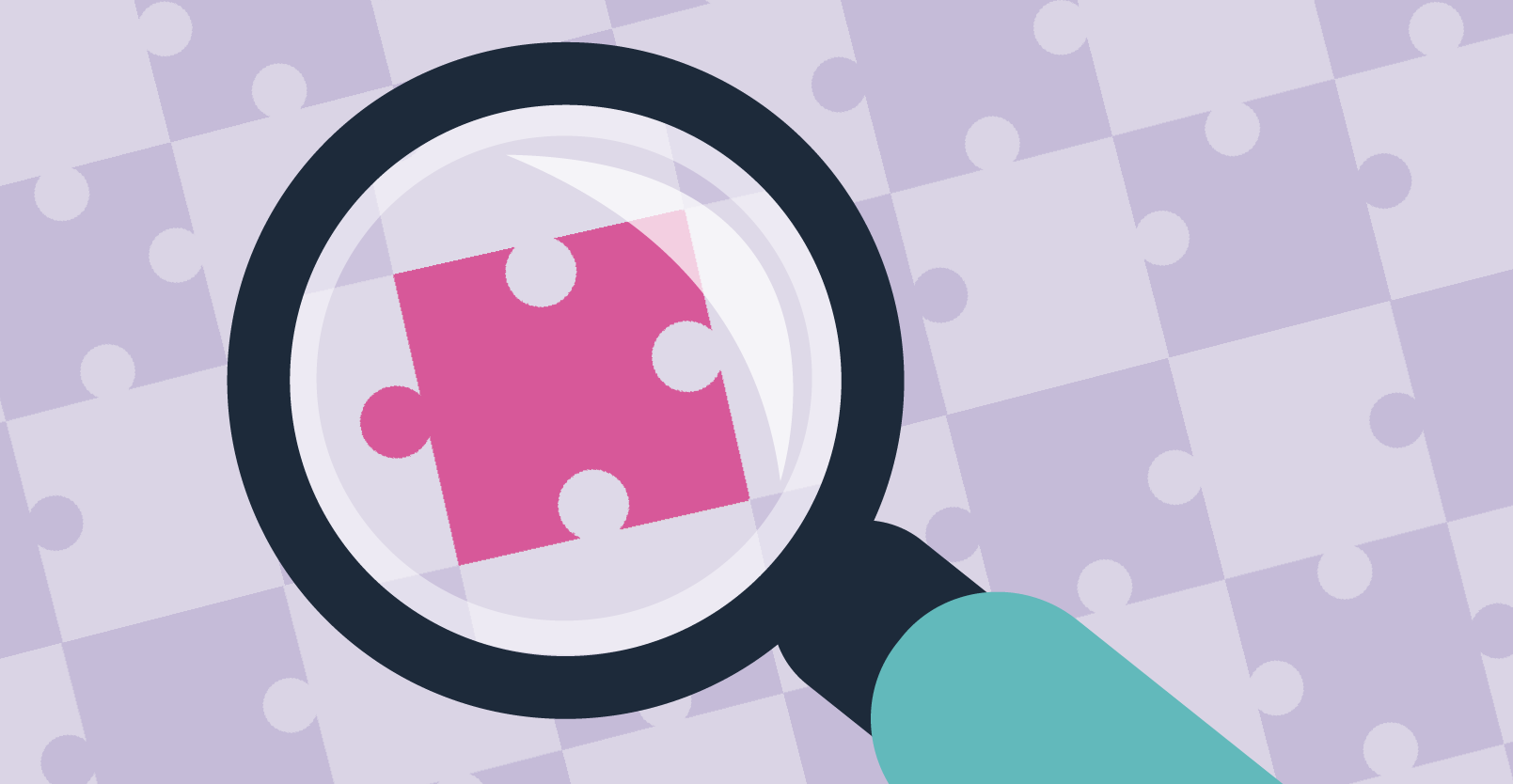Gap Analysis: An Overview and How it Works

Every business owner recognises that certain areas of their company may need to undergo changes over time in order to achieve greater success. However, getting the roadmap of what aspects of the organisation should be fixed and what strategic plan must be implemented necessitates a thorough understanding. This is when a gap analysis comes into play. It enables you to see where your business is today, where you want it to be, and why a gap exists between those two aspects so that actionable goals may be developed to close it.
Let’s learn more about gap analysis and how to employ it to improve your business operations and performance.
What is Gap Analysis?
Gap Analysis is a strategy used to assess and determine the gap between your organisation’s current performance and your desired goals.
You can use gap analysis to track the progression and direction of your business to determine whether you’re heading in the right direction or if you’re straying from the goals you need to meet. This can assist you in identifying problems affecting your company as well as the opportunities that will allow you to expand it further.
Gap analysis typically comprises four steps that you can employ to evaluate the success of your business operations. These are as follows:
Step #1: Analysing the current state of the business

A gap analysis begins by analysing your organisation’s present business position to identify opportunities for improvement. This includes evaluating the products you offer and clients you serve, as well as documenting current processes, resources, performance, and technologies.
Once you have assessed the present state of your operations, it is now critical at this point to understand where you stand so you can better grasp what has to be addressed in your business.
Step #2: Identifying the future state of the business

After you have a strong understanding of your business’ current situation, you must be idealistic about what you want for your company to become. For example, among your competitors, where would you like to position your company? What ought to be happening but isn’t?
Your business must set S.M.A.R.T. (specific, measurable, achievable, relevant, and time-bound) goals to achieve the best long-term success from gap analysis. You need to be specific with your objectives so you know exactly what you’re striving for and to eliminate ambiguity. Ensure all of your employees’ tasks are measurable so you can track their progress and keep them motivated.
While the sky’s the limit and you should aim big for your company, your goals must still be achievable, otherwise, your employees may display a lack of enthusiasm and dissatisfaction if they see that what your company should achieve is not practical or feasible. Finally, you should set meaningful goals to help you achieve your company’s overall objectives, while also keeping deadlines in mind to measure progress and evaluate achievement.
Step #3: Finding the gap and assessing potential solutions

Now that you have identified the present status of your business and, at last, broken down the desired future state, it’s time to bridge the two and find out where the most significant gaps are.
As you identify the gaps, this is the stage at which you must assess those gaps in order to get to the bottom of the problem. This entails delving into the specifics of why your company is not as successful as you would like it to be. The why could be a hiring issue, a training issue, a resource issue, or something else. This is where you investigate to find it.
Step #4: Creating and implementing a plan to bridge the gap

Once the gap has been thoroughly investigated, you must design feasible solutions to bridge the gap and implement them throughout the organisation.
This stage frequently involves following a specified set of processes at a specific cadence. Your company should have a stated outcome as part of the gap analysis, and meticulous efforts must be followed to ensure that no more damage is done. By implementing the solutions, your aim is for your organisation to improve in a specific business domain or surmount a shortcoming.
When it comes to finding growth opportunities, gap analysis is one of the effective tools to measure business performance and goals. You can use this tool to assess your organisation’s existing position, determine your dream position, and devise a strategy for closing the gap. So, whether you want to fix a specific issue or want to be proactive in developing new concepts or strategies, gap analysis is a systematic, step-by-step method that results in a detailed action plan.
Need an effective gap analysis tool to assist your company in going forward?
We at SSA Innovations offer BEST Analytix, our data analysis tool that examines critical business functions holistically and identifies operational management gaps to achieve a high performance culture! Request a demo today and see BEST Analytix in action. For more additional resources, browse through our website. Have a good read!
Related Topics

FOBO: The Fear of Becoming Obsolete (Infographic)
Experiencing a sense of being left behind and finding it...

Discovering No-Code Development
Picture a scenario where you have a small clothing business...

The Rise of AI-Powered Web Apps and Their Ethical Implications
AI is transforming the way we interact with web apps,...

3 Signs Your Business Needs a Web Application
As your business grows, you may face challenges in managing...

Embracing the Human Element in the Era of Artificial Intelligence
In 2022, the introduction of ChatGPT garnered global interest and...